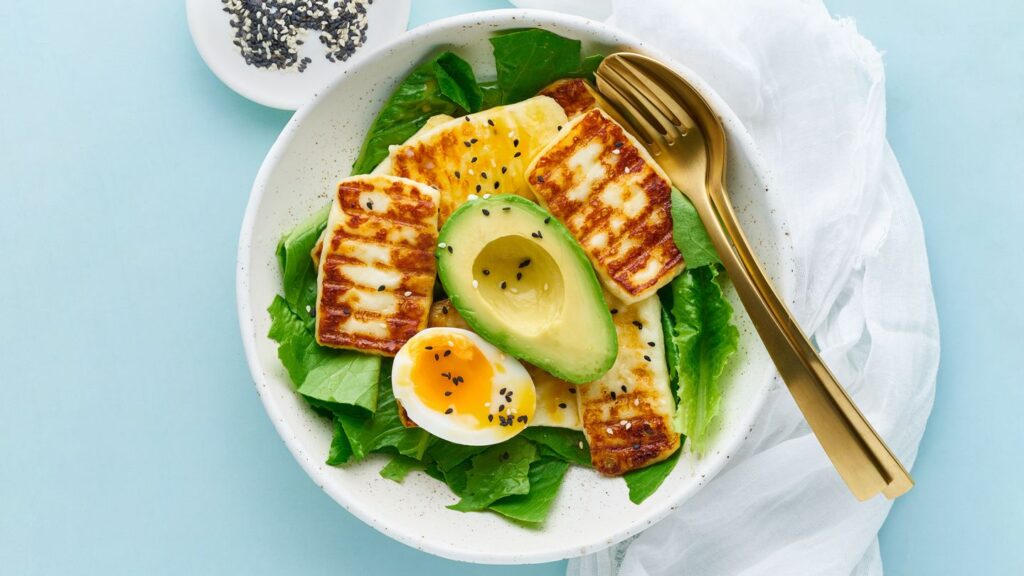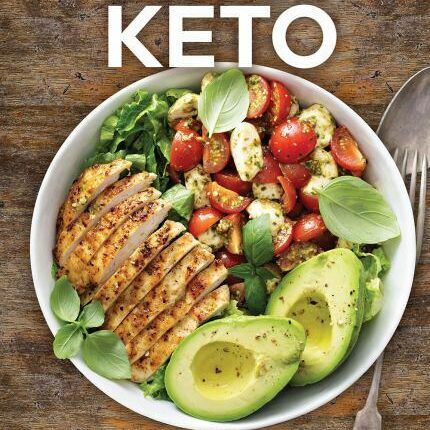Introduction
The ketogenic diet is a powerful dietary strategy that involves a drastic reduction in carbohydrate intake, replacing it with fat, to push the body into a state of ketosis. In this metabolic state, your body becomes incredibly efficient at burning fat for energy. However, transitioning to and maintaining a keto diet requires careful planning to ensure it is balanced, nutritious, and sustainable. This guide will help you understand how to create an effective keto nutritional plan tailored to your health goals, dietary preferences, and lifestyle.
Understanding the Basics of Keto
Before diving into meal planning, it’s crucial to grasp the foundational principles of the ketogenic diet:
- High Fat, Moderate Protein, Low Carb: Typically, 70-80% of your total daily calories should come from fats, about 15-25% from proteins, and only 5-10% from carbohydrates.
- Ketosis: The goal is to enter ketosis, a state where the body uses fat and ketones, rather than glucose, as the primary energy source. This is achieved by limiting carbs to about 20-50 grams per day.
Step-by-Step Guide to Creating a Keto Nutritional Plan

1. Calculate Your Macronutrients
First, determine your caloric needs based on your age, gender, activity level, and weight loss (or maintenance) goals. There are several online calculators available that can help calculate your daily calorie requirements and break down your macronutrient ratios.
2. Choose Your Foods Wisely
Focus on high-quality, nutrient-dense foods that align with the macronutrient distribution of keto:
- Fats: Avocados, coconut oil, butter, olive oil, and fatty cuts of meat are excellent sources.
- Proteins: Opt for grass-fed meat, poultry, fish, and eggs. Be mindful of protein intake, as too much can kick you out of ketosis.
- Carbohydrates: Emphasize low-carb vegetables like leafy greens, broccoli, cauliflower, and zucchini. Include small amounts of nuts, seeds, and berries.
3. Plan Your Meals
Meal planning is essential on the keto diet. Planning helps prevent carb creep and makes it easier to stay within your macronutrient limits. Start by planning simple meals around your protein source, add a low-carb vegetable, and include a fat source to round it out.
4. Monitor and Adjust
As you embark on your keto journey, monitor how your body responds. Use a food tracking app to ensure you stay within your macronutrient ranges. Adjust your plan based on your progress, how you feel, and specific health markers.
Tips for Successful Keto Eating
- Stay Hydrated: The keto diet can lead to dehydration and electrolyte imbalances. Drink plenty of water and consider supplementing with electrolytes.
- Prepare for Keto Flu: The initial transition can be tough. Prepare for symptoms like fatigue and headaches by getting plenty of rest and perhaps increasing your intake of salts, particularly during the first few weeks.
- Be Creative: Explore keto recipes and cooking styles to keep your diet enjoyable and varied. Experiment with different herbs and spices to enhance the flavor without adding carbs.
- Social Eating: Plan ahead for social situations. Choose restaurants where you can find keto-friendly options, and don’t be shy about customizing your orders to suit your dietary needs.
Conclusion
Creating a keto nutritional plan involves more than just cutting carbs; it’s about making informed food choices that meet your nutritional needs and maintain ketosis. With careful planning and consideration, a keto diet can be a sustainable and effective way to improve overall health, lose weight, and feel more energetic. Remember, as with any significant dietary change, it’s wise to consult with a healthcare provider, particularly if you have underlying health conditions.
